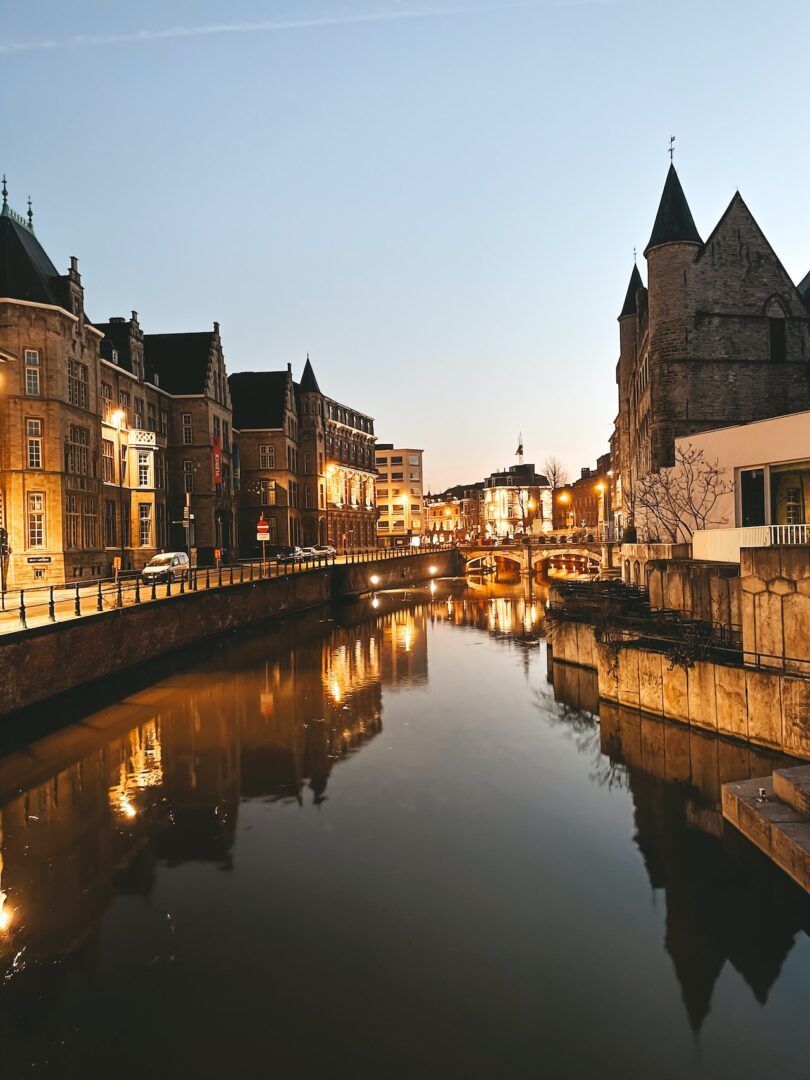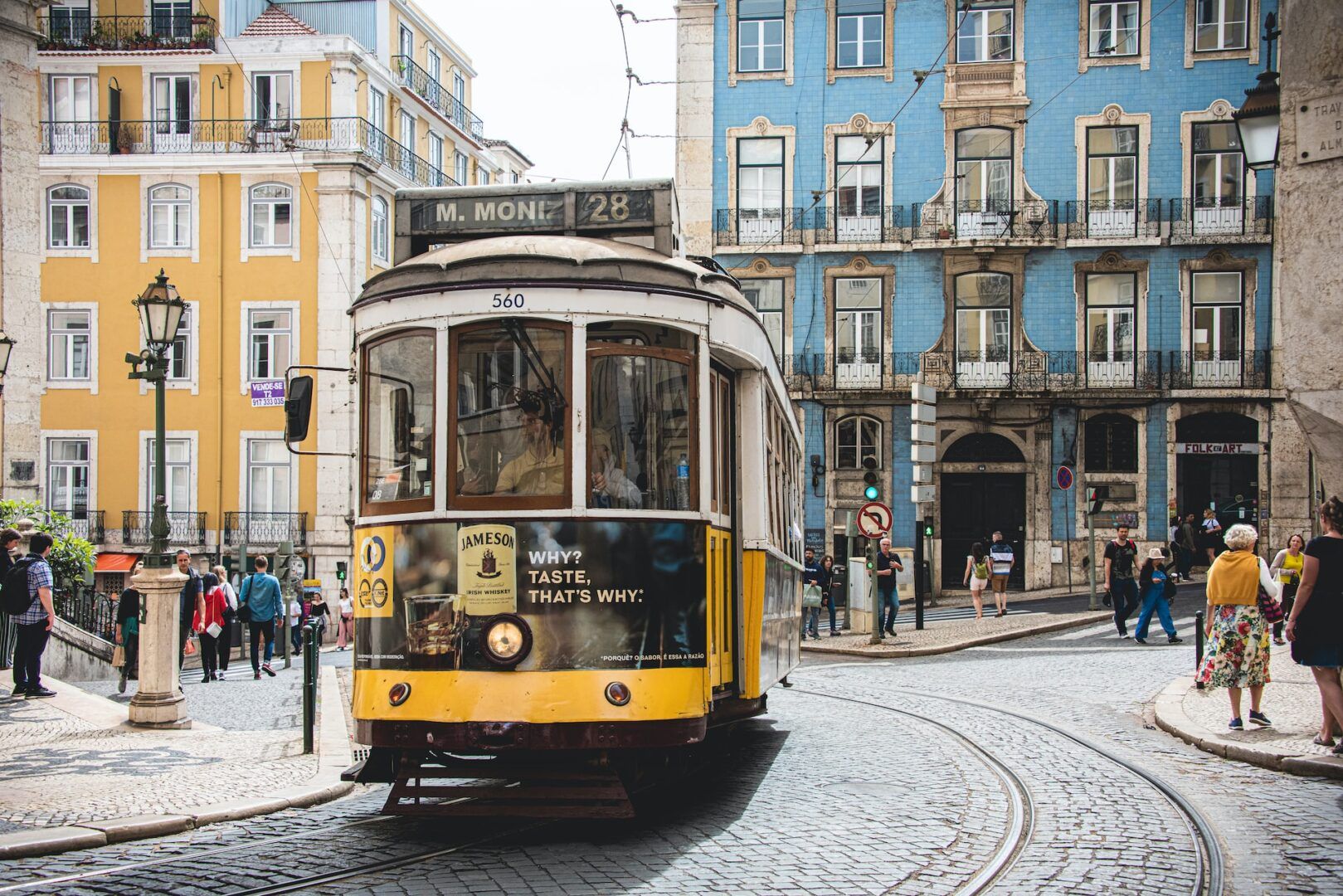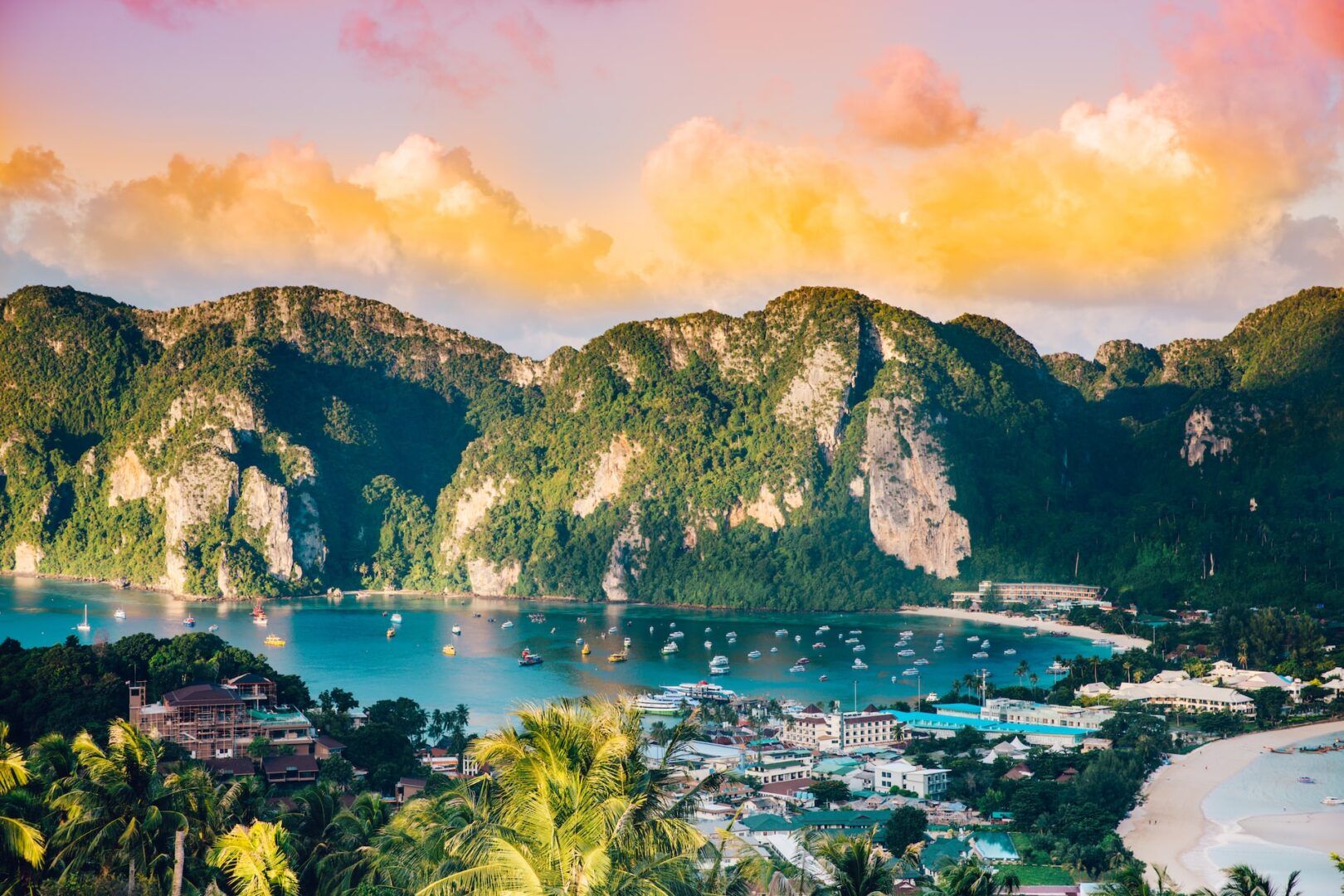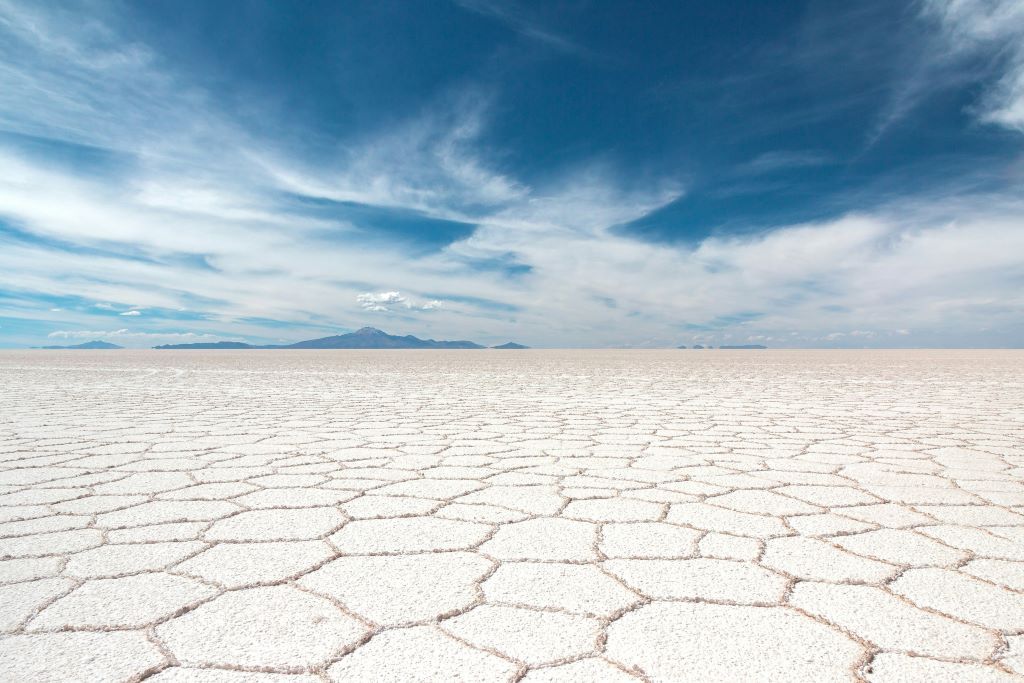

Bolivia is one of just two landlocked countries in South America, so there are no beaches on this list — but we promise you won’t miss the sea. This beautiful country is jam-packed with incredible natural wonders, breathtaking cities and epic adventures. Try a trip to Bolivia for your next holiday, and you’ll soon see why we reckon it’s one of the coolest destinations in Latin America.
La Paz
Here’s a nice bit of trivia for you: Bolivia has two capital cities. We’re kicking things off in one of them, which also happens to be the highest city in the world. Yes, La Paz is a fantastic city when it comes to handy pub quiz knowledge, but it’s also a great destination in its own right. Many travellers start their Bolivian adventures here, thanks to the solid airport connections. We reckon it’s also worth taking a couple of days to explore the city.
La Paz is a crazy, chaotic place with a lot of traffic and even more pedestrians jostling through its streets. You may even end up feeling sick here, but you’re not just dizzy from the pace of life — you’re probably suffering from altitude sickness. This common traveller’s ailment means it’s best to spend your time in La Paz taking it easy. Go for a ride on the Mi Teleférico cable cars, La Paz’s unique public transport system. Check out the Mercado de las Brujas, or Witches’ Market, where you can buy some pretty unique souvenirs. Yes, you could just go home with an I Love Bolivia fridge magnet, but why not opt for a love potion or a mysterious herbal remedy instead?
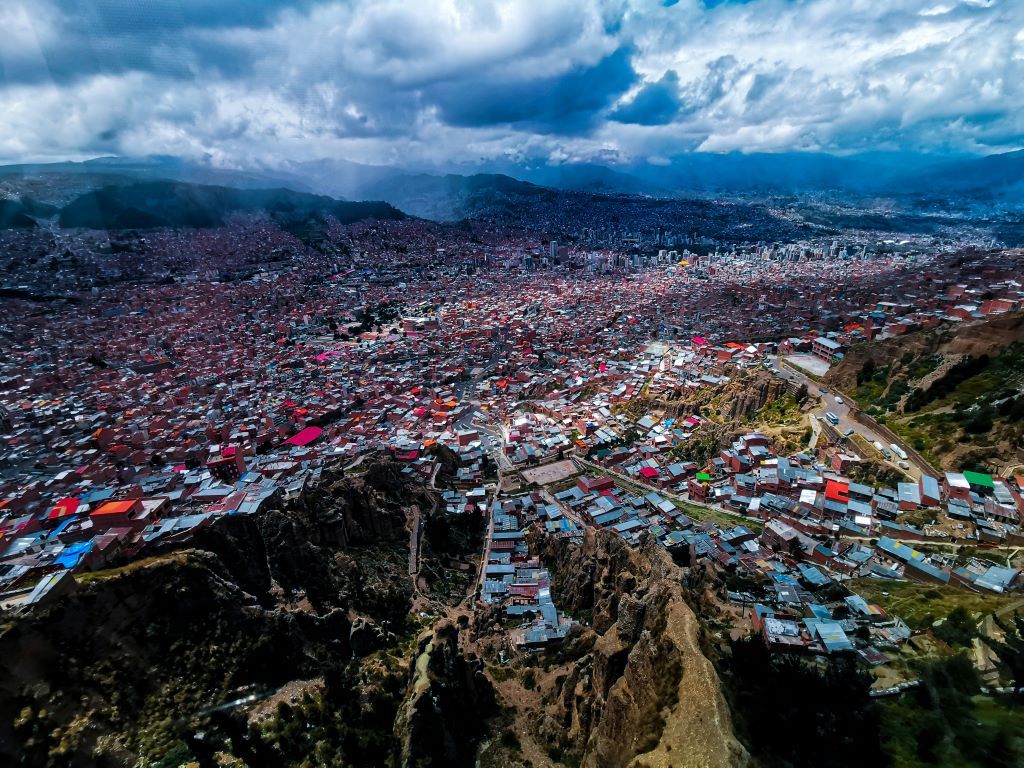
Sucre
Of course, Bolivia’s other capital city deserves a shout-out, too! Sucre literally means ‘sugar’, and this highland city is as sweet as its namesake, earning it a spot on our list of the best places to visit in Bolivia. It’s a great place to learn about the country’s history. Pay a visit to the Casa de la Libertad, where Bolivia’s declaration of independence was signed, or pop into the Museum of Indigenous Art to learn more about the customs of the country’s original inhabitants. We’re particularly keen on the incredibly ornate woven textiles on display. You can even watch a woman at work in the museum shop, demonstrating how the traditional rugs are made – and it doesn’t look easy!
We love the historic centre of Sucre, with its whitewashed colonial buildings and narrow streets. Many people consider it the most beautiful city in Bolivia, and we’d have to agree. Don’t miss it while you’re exploring the country.
Lake Titicaca
The name may raise a few schoolboy giggles, but this is, without a doubt, one of the top places of interest in Bolivia. This lake marks the border between Bolivia and Peru and is known as the highest navigable lake in the world. It’s certainly the biggest lake in South America. Take a boat trip across it and enjoy the views, which are reminiscent of southern Thailand or Ha Long Bay in Vietnam. Only the alpacas chilling on the shore will remind you that you’re still in South America!
We don’t recommend swimming in the lake, as the waters are extremely cold, but you should still allow yourself enough time to explore it. There are a whopping 41 islands in Lake Titicaca. Our favourites include the Isla del Sol and Isla de la Luna, which are both known for their impressive archaeological finds dating back to the glory days of the Inca Empire.
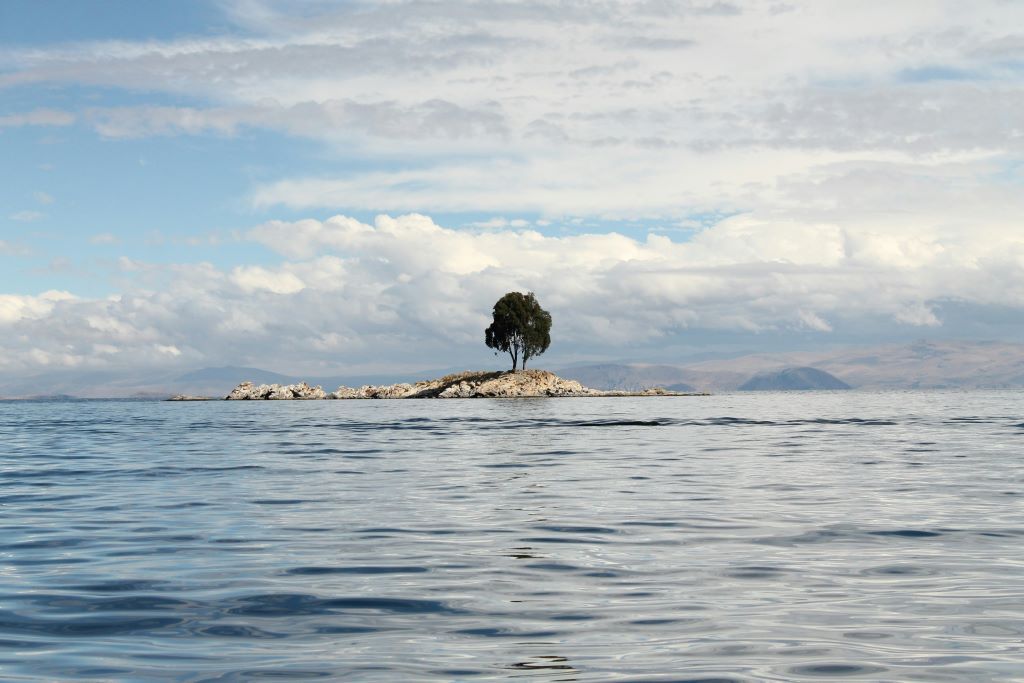
In particular, check out the Fountain of Youth on the Isla del Sol. According to legend, drinking the waters of this fountain will allow you to stay young forever. Well, there’s only one way to find out if that’s true!
You can also spend a bit of time in the town of Copacabana, on the shores of the lake. This charming settlement is another one of the best places to visit in Bolivia. It’s known as a Catholic pilgrimage destination, with thousands of people descending on it every August.
Salar de Uyuni
Also known as the Bolivian Salt Flats, this has to be one of the most mesmerising places on the planet. Salar de Uyuni covers over 10,000 square kilometres — and yes, it’s all salt, stretching as far as the eye can see. You’ll feel like you’ve just stepped onto an alien planet. This area is said to be the flattest place on earth, and spending time here is enough to make you feel dizzy.
The salt flats can be very different, depending on which time of year you visit. We can’t really say there’s any particular best month to visit Bolivia for the salt flats — it depends on what you’re after! In the dry season of July and August, you can expect to feel like you’re in a desert. However, visit during the rainy season, which runs from December to March, and you may well find that the salt flats are flooded. This creates an incredible sight as the entire area becomes a giant reflecting pool. Get your camera out — you won’t want to miss this!
Take a Uyuni salt tour to get a more in-depth look at the salt flats. You may be surprised to see wildlife flourishing in this seemingly harsh area, including brilliant pink flamingos, llamas and their cousins, the vicuña. All of these things combine to make this one of the best places to visit in Bolivia — and actually, in all of South America.
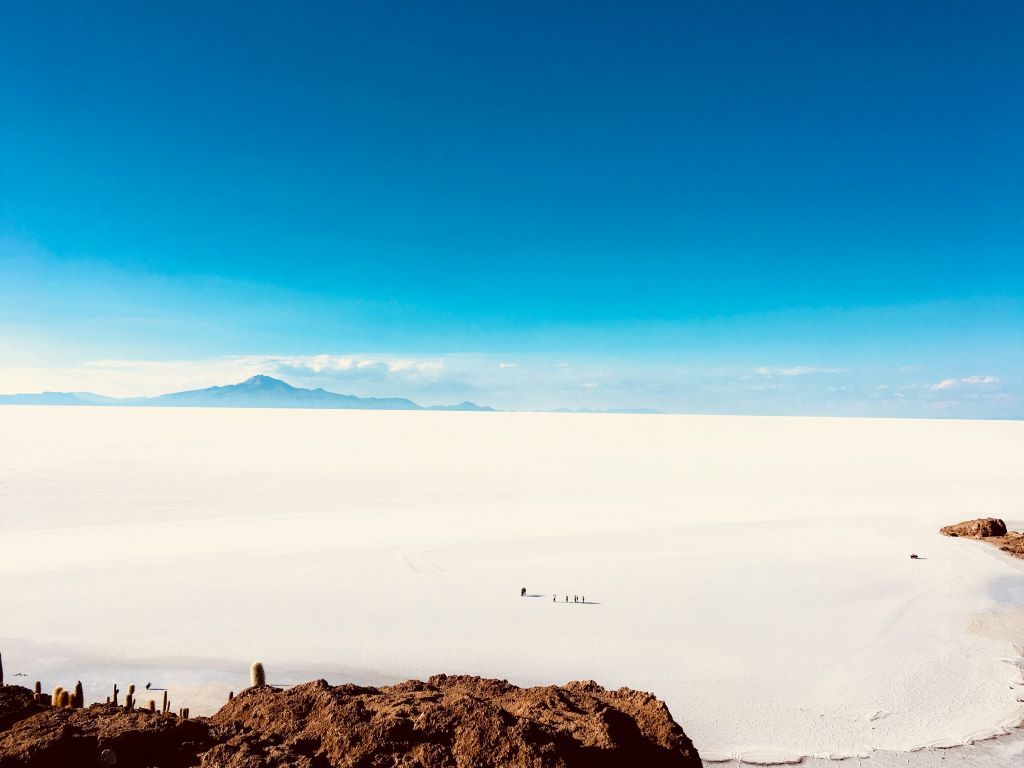
Incahuasi Island
We’re staying in the salt flats for this one. Incahuasi Island is one of Bolivia’s most unexpected sights, an island in the middle of a sea of salt. Nope, we’re not being poetic and talking about saltwater — this is literally an outcrop in the middle of the salt flats, and it’s pretty darn remarkable.
What makes Incahuasi Island particularly striking is the local flora. Specifically, the island is home to giant Trichocereus cacti, which seem to loom up out of nowhere. It’s a great place to snap a few pictures — how often do you get the chance to pose next to a cactus that’s twice as tall as you are? We particularly like it at sunrise, when it offers some of the best views in the entire Salar de Uyuni area.
Incahuasi Island is also home to a small café where you can try a local delicacy, llama steak. Bolivian foodies will tell you that this speciality is even better than beef. Why not try it for yourself and see what you think?
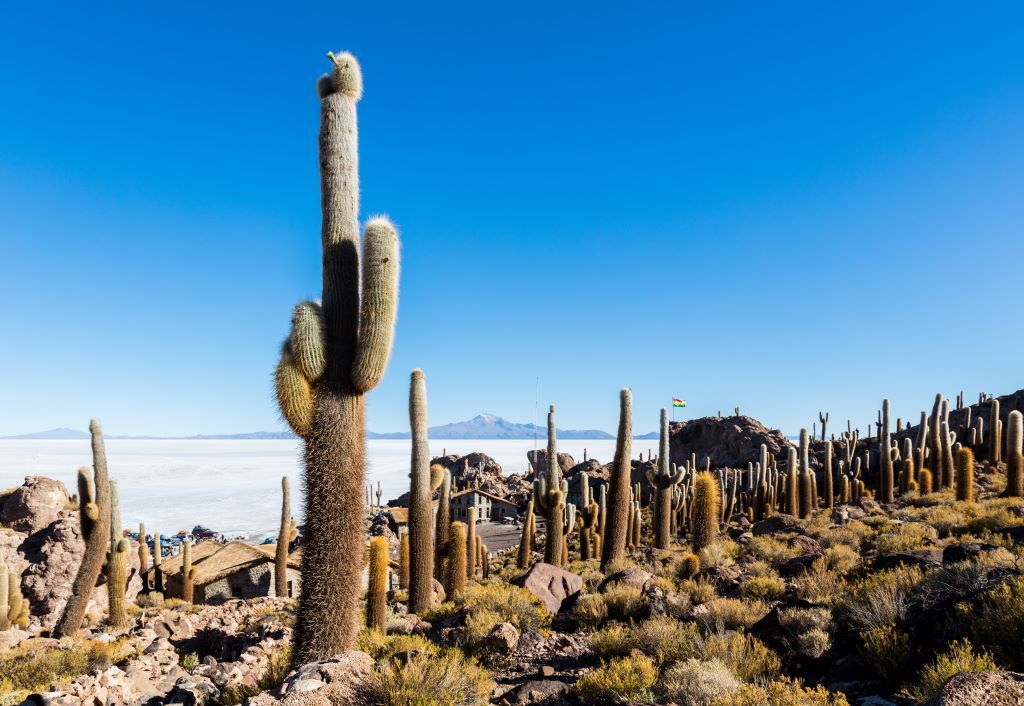
Death Road Bolivia
Death Road in Bolivia doesn’t really sound like a nice, pleasant destination, does it? Well, let’s be clear: this is an extremely dangerous road. This narrow mountain pass winds its way for 68 km between La Paz and the Yungas region. It’s extremely steep, with several hairpin bends that will leave you with your heart in your mouth. The road literally clings to the side of the mountain, and if you look down, you’ll see an enormous, terrifying drop that would be impossible to survive. Oh, and did we mention that it often gets extremely foggy up here in the mountains?
In the past, this was the main road that linked La Paz and Yungas, and around 300 drivers a year died attempting to complete the journey. In 2009, the government opened a new, far safer road. This means that today, the only traffic you’ll see on Death Road is a few thrill-seeking tourists, usually on motorbikes or mountain bikes.
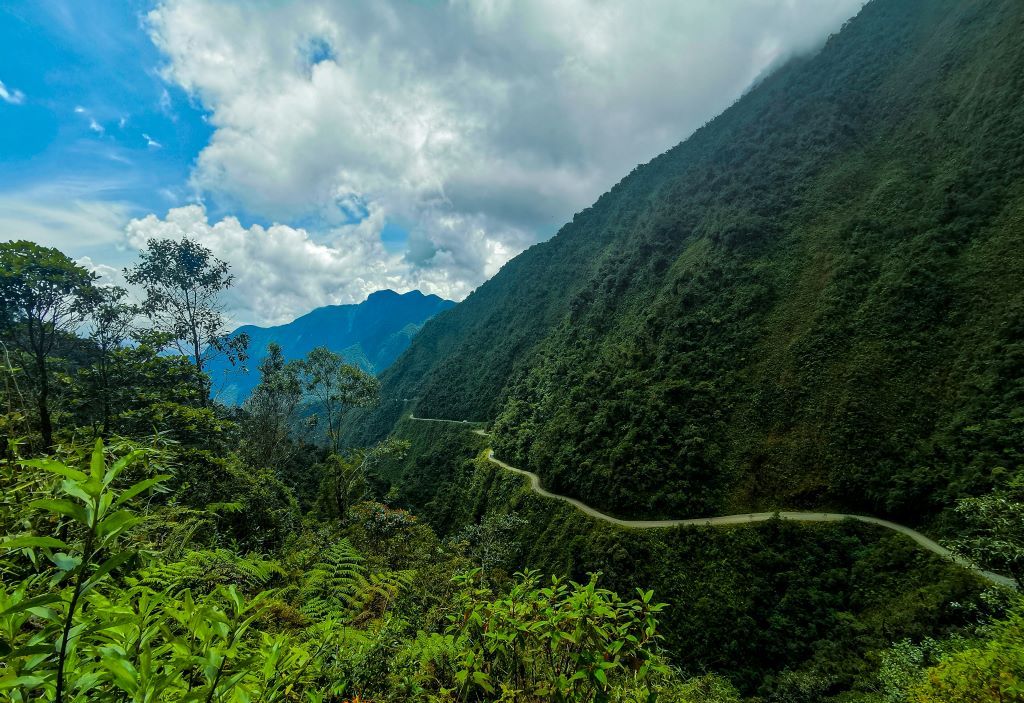
If you’re an adrenaline junkie, Death Road is definitely one of the best places to visit in Bolivia. However, we strongly recommend taking your time to choose a reputable company to lead the adventure. If you’re even the slightest bit scared of heights, give this one a miss. Oh, and don’t try it when you first land in La Paz. Give yourself a couple of days to adjust to the heights — because the only thing scarier than tackling Death Road is tackling Death Road with altitude sickness!
Tiwanaku
Most of the archaeological sites in Bolivia date back to the days of the Incas, but here’s one from much, much earlier. The ancient city of Tiwanaku, also known as Tiahuanaco, was built around the year 110 AD, and it’s one of the largest and most intriguing sites of its kind anywhere in South America. It’s definitely one of the best places to visit in Bolivia, especially if you’re interested in history.
Wandering through this ancient settlement, you’ll be struck by the massive megalithic blocks. Nobody quite knows what the builders of Tiwanaku were doing with them — and of course, there’s no one around to ask. There are temples, stone terraces and intimidatingly large blocks, which must have taken a huge amount of effort to move around.
The highlight of the site has to be the Gate of the Sun, a huge stone gateway. Be sure to take the time to see it up close, as you’ll find carvings of local animals. Some archaeologists reckon it was used by the ancient inhabitants as a kind of calendar, but of course, we can’t really be sure. Regardless, this is a fascinating place to spend a day, and it’s also far quieter than most of the big attractions in Bolivia.
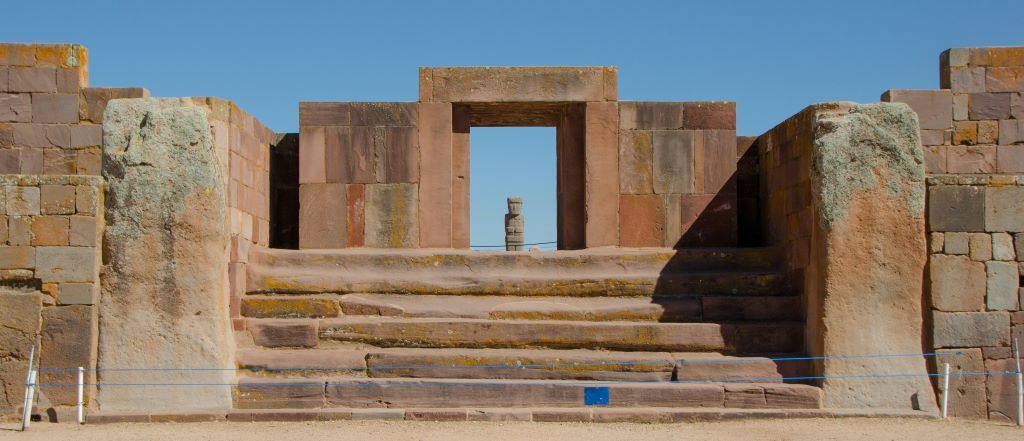
Potosí
Potosí is well known as the site of the biggest silver mine in history. In fact, for hundreds of years, a whopping 60% of the world’s silver was dug out of the ground here. Sadly, it usually went straight into the coffers of the Spanish Empire, leaving the locals empty-handed. Today, though, the mine is still functioning, now held firmly in Bolivian hands.
A mine tour of Potosí is considered one of the major highlights of this city, but watch out! According to some sources, Potosí is the most dangerous mine in the world. A tour of the mine can be quite heartbreaking as you’ll learn about its sad past. In the days of the Spanish Empire, the miners were slaves, and thousands died trying to extract more silver from the ground. Of course, there is no slavery today, but modern miners still work in extremely harsh, dangerous conditions.
You might prefer to stay above ground and just indulge in a spot of shopping at the souvenir stores. Potosí also has a beautiful cathedral that is well worth a visit and has far fewer safety risks.
Amboró National Park
This is one of the best places to visit in Bolivia if you love nature. You’ll want to bring your binoculars, as this dense cloud forest is home to hundreds of varieties of beautiful creatures. Scientists say that there are no fewer than 912 species of birds in the park, along with more than 177 mammals. If you’re very lucky, you might catch a glimpse of a puma, ocelot or even the extremely rare spectacled bear.
Many natural parts of South America have suffered due to deforestation, mining and hunting, but this park is a protected conservation zone. This sprawling park is big enough to cover several distinct zones, including the foothills of the Andes and the Amazon basin. You cannot legally enter without a guide, but luckily, it’s easy to find someone in the neighbouring town of Samaipata.
In fact, while you’re in the area, why not stop for a couple of days in Samaipata? This town has a distinctive, surprisingly European feel, which has given it the nickname of Bolivia’s Little Switzerland. It’s also home to an ancient fort complex, which has been designated as a UNESCO World Heritage Site.
Santa Cruz de la Sierra
Last, but not least, we come to Bolivia’s largest city. Today, this bustling city is the country’s economic hub, but it also has plenty of interesting history to explore. We recommend strolling through the old town and checking out the beautiful cathedral. As a bonus, Santa Cruz sits at a far lower altitude than La Paz or Sucre, making it one of the best places to visit in Bolivia if you don’t want to get altitude sickness!
The area around Santa Cruz teems with nature, making it a great starting point for a wildlife tour. Most of the most popular tours focus on the more common species, like the many varieties of monkeys or adorable sloths that live in the region. If you want to try to spot something rarer, you’ll need to venture deeper into the wilderness.
Santa Cruz also serves as the gateway to Brazil. If you want to turn your Bolivian trip into an even bigger adventure, you can catch a train here that will take you across the Brazilian border. Keep in mind that the journey will take at least 16 hours, but it’s all about the adventure, right?
We think Bolivia is one of the best destinations on the planet right now. That’s why we’ve created this amazing South American itinerary that combines Bolivia and Chile. Prepare to marvel at the Salar de Uyuni, as well as jaw-dropping cities, like La Paz, Sucre and Potosí. Join us for an adventure holiday you’ll never forget!

